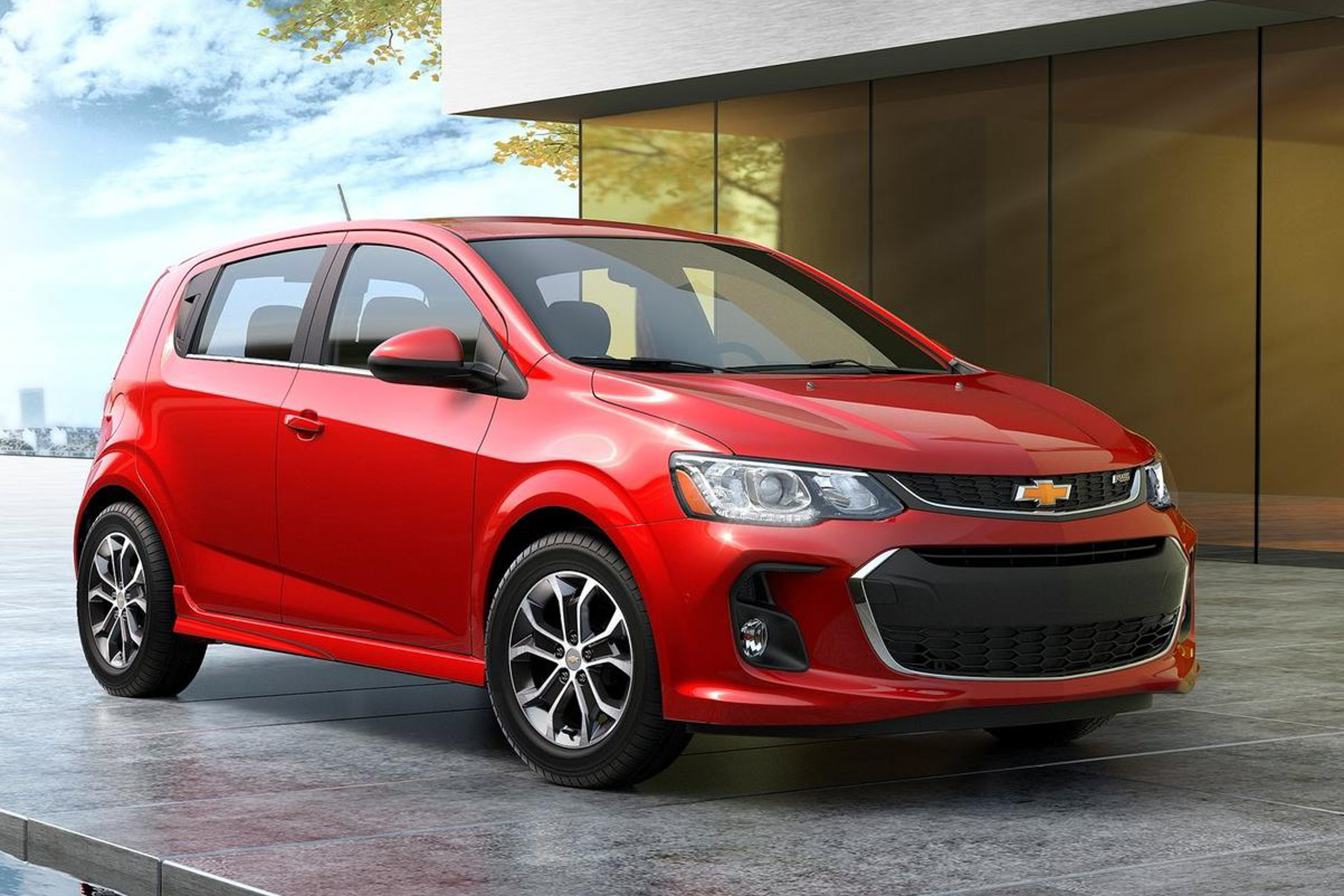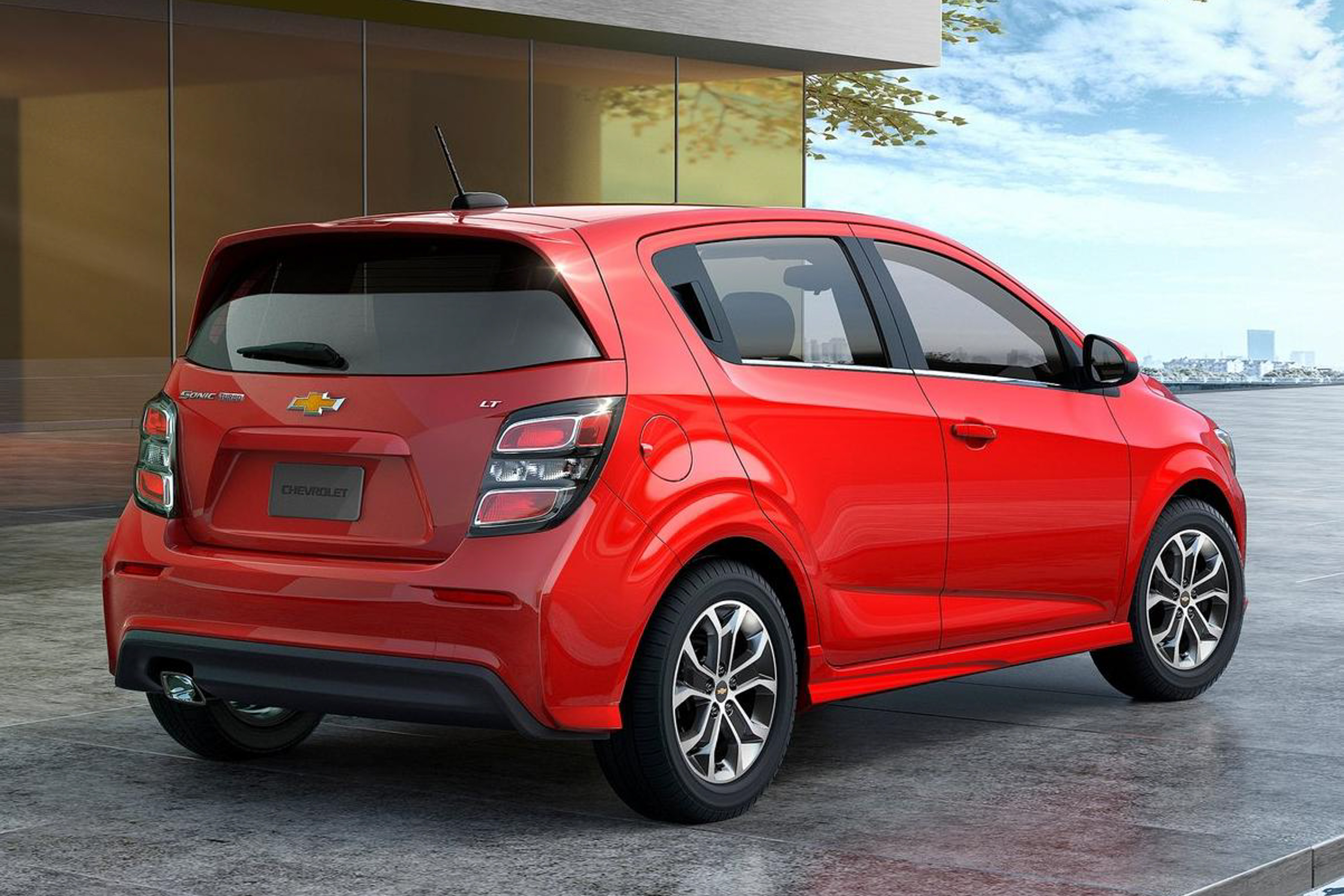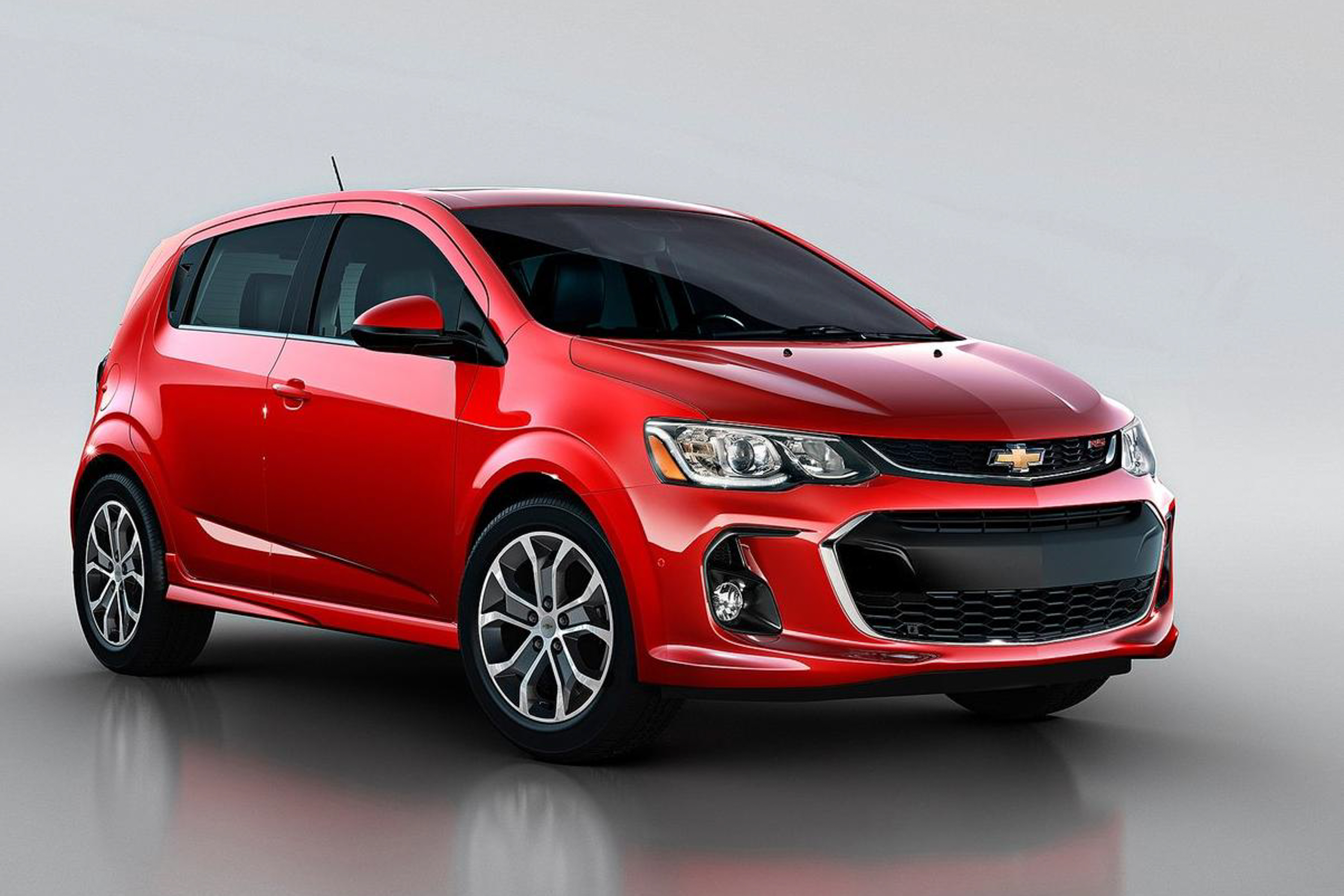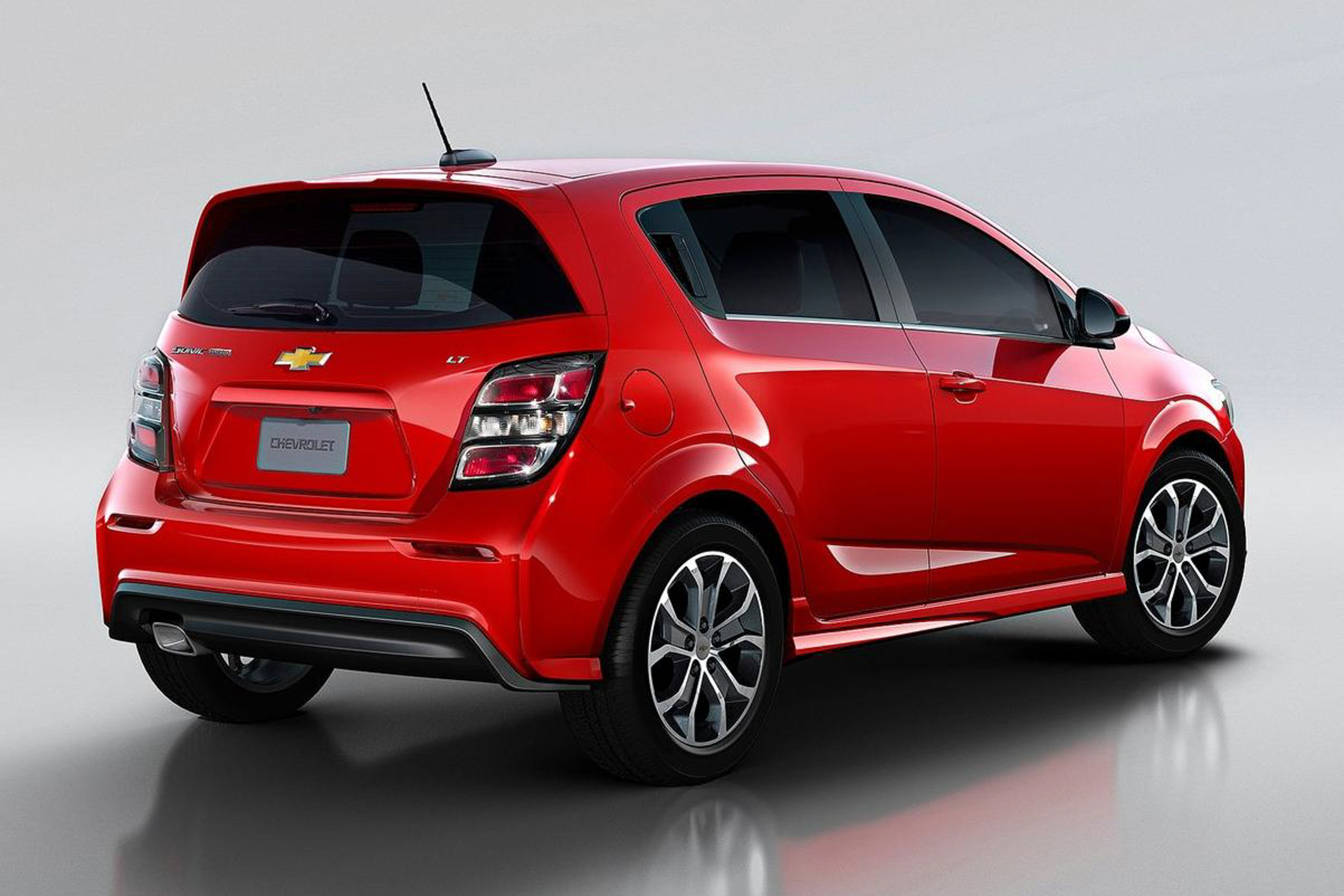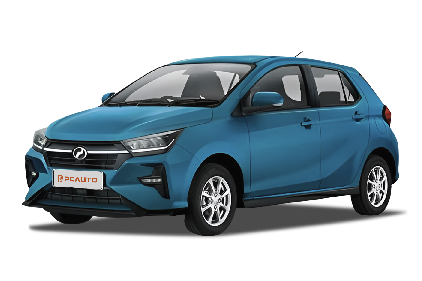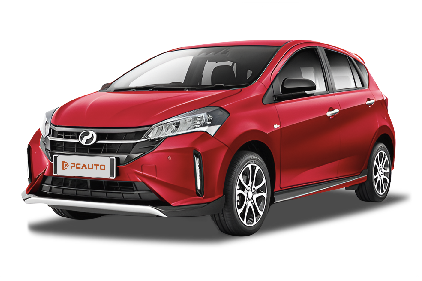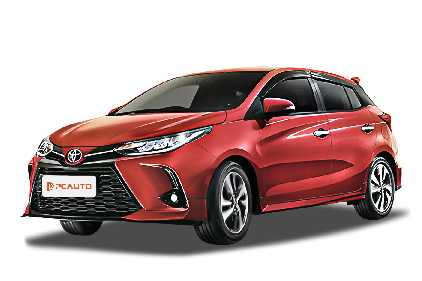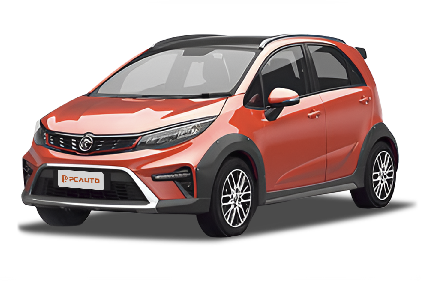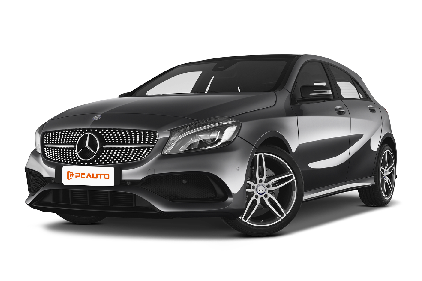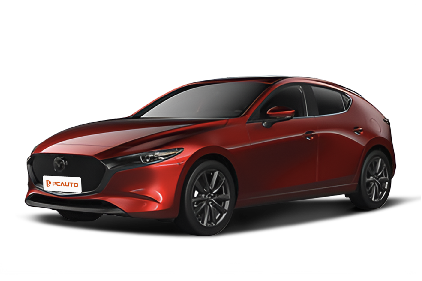Q
Does the 2017 Chevy Colorado have remote start?
The 2017 Chevy Colorado did come with remote start, but you'll wanna double-check the trim level since it's usually either standard on higher trims or an optional package. Here's how it works: press the lock button twice, then hold the start button on your key fob - that'll fire up the engine from about 200 feet away, perfect for cooling down or warming up the cabin in extreme weather.
Just a heads-up - the engine will automatically shut off after 10 minutes if you don't enter the vehicle, which helps save gas. Some owners report signal interference issues; if that happens, try moving closer or replacing the key fob battery. Compared to Japanese trucks like the Toyota Hilux or Mitsubishi Triton from the same year, factory remote start was much less common - most owners had to install aftermarket systems.
If you're looking at a used Colorado, definitely test the remote start function in person and verify the key fob is original. While super convenient, using remote start frequently might dent your fuel economy slightly, so use it when you really need it.
Q
How good is a 2017 Chevy Colorado?
The 2017 Chevrolet Colorado is a dependable midsize pickup that strikes a good balance between daily driving and light off-road capability. It comes with either a 2.5L four-cylinder or a more powerful 3.6L V6 engine, the latter putting out 308 horsepower paired with a smooth-shifting 6-speed automatic transmission.
Inside, it’s all about function—hard plastics dominate, but the straightforward dashboard layout and standard 7-inch touchscreen with Apple CarPlay and Android Auto keep things practical. Safety-wise, you get basics like a rearview camera, tire pressure monitoring, and stability control, but don’t expect advanced driver aids.
Fuel economy is middling: around 12-13L/100km in the city and 9-10L on the highway. As a used buy, it holds its value decently, and maintenance won’t break the bank—though some owners report occasional steering rack noises.
Where the Colorado shines is utility: the bed space and towing capacity (up to 3.5 tons) make it solid for work and family use. That said, rivals like the Toyota Hilux and Ford Ranger might have better parts availability and service networks in some regions. Before buying, check for frame rust (these American trucks can struggle in humid climates) and test the transmission’s shift behavior—some units can feel a bit lazy.
Q
Does a 2017 Colorado have Apple CarPlay?
The 2017 Chevrolet Colorado does offer Apple CarPlay compatibility, but it depends on the infotainment system version. Some base models may not come equipped with this feature. If your truck has Chevrolet's newer MyLink system, you can typically connect your iPhone via USB to access Apple CarPlay for navigation, music, and calls.
Not sure about your Colorado's setup? Check the owner's manual or contact your local Chevy dealer to confirm the system version. For vehicles without factory-installed Apple CarPlay, aftermarket upgrades or compatible modules are an option—just make sure to source them through reputable channels for reliable performance.
With in-car connectivity evolving fast, Android Auto is also becoming more common, and many newer models even support wireless connections for added convenience. If these tech features matter to you, keep an eye out for compatible used models or upgrade solutions when shopping around.
Q
Can I start my 2017 Chevy with my phone?
Yes, select 2017 Chevy models support remote start via smartphone, but you'll need to verify if your vehicle has the factory-equipped Connected Access or OnStar service. You'll also need to install the MyChevrolet app – the feature works through Bluetooth or cellular connection, though in Malaysia you'd want to double-check mobile network compatibility.
GM's remote start tech is pretty solid these days. It lets you warm up or cool down the cabin beforehand, check fuel levels, door status, etc. Similar systems like Toyota's Remote Connect or FordPass have become common here too. If your car didn't come with this feature, ask your dealer about retrofitting an official module – just be aware that third-party mods might void warranty.
Different brands call it different things (NissanConnect, Hyundai Blue Link, etc.), but they all use encrypted signals for security. Pro tip: When setting up the app, have your VIN handy – some advanced features like geofencing or speed alerts may require a paid subscription.
Q
How to remote start a 2017 Chevy?
To use remote start on a 2017 Chevy model, first make sure your vehicle has the factory-installed remote start system—usually indicated by a circular arrow button on the key fob. Press the lock button once, then hold the remote start button for about 4 seconds until the lights flash and the engine turns over. The climate control will also kick in to adjust the cabin temperature.
If your key fob doesn’t have this feature, you can opt for an aftermarket remote start module, but it’s best to have it installed by an authorized dealer to avoid compatibility issues or voiding your warranty.
A few things to keep in mind: The car must be in Park with enough fuel in the tank, and some models require the hood and doors to be fully closed. Once started remotely, the engine will shut off automatically after 10-15 minutes if you don’t get in and press the brake pedal—it’s an anti-theft feature.
For other makes or model years, the steps might vary, so check your owner’s manual or consult a pro for specifics.
Q
How many miles will a 2017 Colorado last?
The 2017 Chevy Colorado can typically last 200,000 to 300,000 miles (roughly 320,000 to 480,000 km) when well-maintained, though its actual lifespan depends on driving habits, maintenance frequency, and operating conditions. Staying on top of oil changes, transmission fluid, coolant, and other critical consumables—plus addressing minor issues promptly—goes a long way in keeping it running. Diesel models tend to outlast gasoline versions due to their sturdier engine construction, but their emissions systems require extra attention.
Like most pickups, the Colorado is built tough. Its chassis and suspension handle varied terrain well, though heavy towing or frequent off-roading will wear components faster. Consider a thorough inspection every 100,000 miles (~160,000 km), focusing on the drivetrain and rust prevention. Competitors like the Toyota Hilux and Ford Ranger offer similar longevity, but real-world durability varies. If you’re buying used, scrutinize maintenance records and get a hands-on assessment—especially for high-mileage trucks where engine and transmission health are key.
Q
How to reset check engine light on 2017 Chevy Colorado?
To reset the check engine light on a 2017 Chevy Colorado, the easiest way is to use an OBD-II scanner. Pull the trouble codes, fix the underlying issue, then clear the codes using the scanner's reset function. No scanner? Try disconnecting the negative battery cable for about 15 minutes to force a system reset—though this might not stick if the problem isn't actually resolved.
Remember, that light usually means there's an issue with emissions, sensors, or something engine-related. Don't ignore it—performance and fuel economy could take a hit. Regular maintenance (air filters, spark plugs, etc.) helps prevent false alarms. If the light stays on or flashes, that's your cue to call a pro before things get worse.
Q
Why is my 2017 Chevy Colorado not starting?
The inability to start the 2017 Chevy Colorado may be caused by various reasons, with the most common being battery issues such as aging or low battery, especially in hot weather. You can try using a multimeter to check the voltage, which should be around 12.6V normally. If it is below 12V, it may not start. Secondly, there is a malfunction in the starting system, such as a damaged starter motor or relay. If you hear a "click" sound when turning the key but the engine does not respond, it may be a motor problem. The fuel system may also have problems, such as damaged fuel pumps or clogged fuel filters. You can listen to the buzzing sound of the fuel pump near the fuel tank to determine if it is working. In addition, ignition system failures such as spark plugs or ignition coils can also result in inability to start, especially for vehicles with high mileage. If it is an automatic transmission model, it is also necessary to check whether the gear is in P or N, as some models cannot start in other gears. Regular maintenance is crucial, such as replacing the battery every 2-3 years, checking the spark plug every 50000 kilometers, and replacing the fuel filter every 30000 kilometers, all of which can reduce sudden failures. If the problem is complex, it is recommended to use a professional diagnostic tool to read the fault code, which can more accurately locate the problem.
Q
How much is a starter for a 2017 Chevy Colorado?
For the starting motor price of the 2017 Chevrolet Colorado, the specific cost may vary depending on the purchasing channel and accessory type. The price of a brand new starting motor from the original factory is usually between 800 and 1500 ringgit, while the price of a aftermarket or refurbished part may be as low as 400 to 800 ringgit. It is recommended to inquire through authorized dealers or reputable auto parts dealers to ensure accessory compatibility. It is worth noting that the lifespan of the starter motor is closely related to daily usage habits. Frequent short distance driving or prolonged starting can easily cause carbon brush wear. If the vehicle experiences delayed starting or abnormal response, it should be checked in a timely manner to avoid damaging the flywheel ring gear. In addition, some car owners may consider replacing it themselves to save labor costs, but it should be noted that the installation position of the starter motor of this model may require dismantling some chassis components. If there is a lack of professional tools and experience, it may increase maintenance costs. It is recommended to have a professional technician operate it to ensure installation accuracy.
Q
How to auto start a 2017 Chevy Colorado?
To remotely start your 2017 Chevy Colorado, first check if it came with the factory remote start feature. Look for the circular arrow button on your key fob—if you’ve got it, here’s how it works: hit the lock button, then hold down the start button for about four seconds. Once the engine fires up, it’ll stay running for 10 minutes (you can extend this by repeating the process).
If your truck didn’t come with this feature, you can always go aftermarket. Just make sure the remote start kit is compatible, and for heaven’s sake, have a pro install it—you don’t want to fry your wiring or void the warranty.
Pro tip: Remote start is a lifesaver in scorching weather since you can crank the AC ahead of time. But beware, letting it idle too long can gunk up the engine with carbon buildup. An occasional highway run or fuel additive helps keep things clean.
Some owners stress about aftermarket kits tripping the anti-theft system, but a legit installer will program it through the OBD port to sync with your key’s signal. Done right, it won’t trigger any alarms.
One last thing: This feature drains the battery faster. If you’re parking your Colorado for more than two weeks, disconnect the negative terminal to avoid a dead battery.
